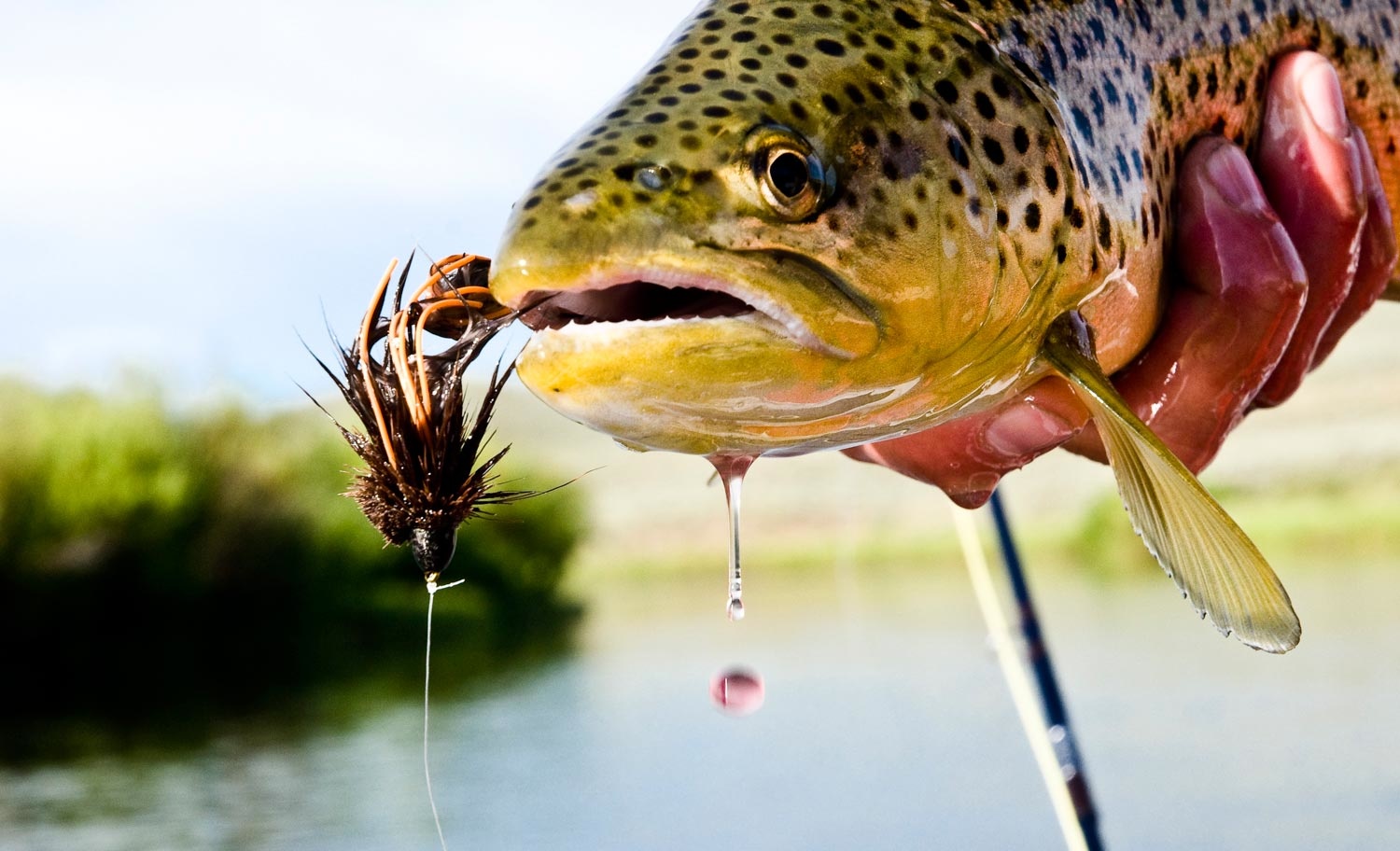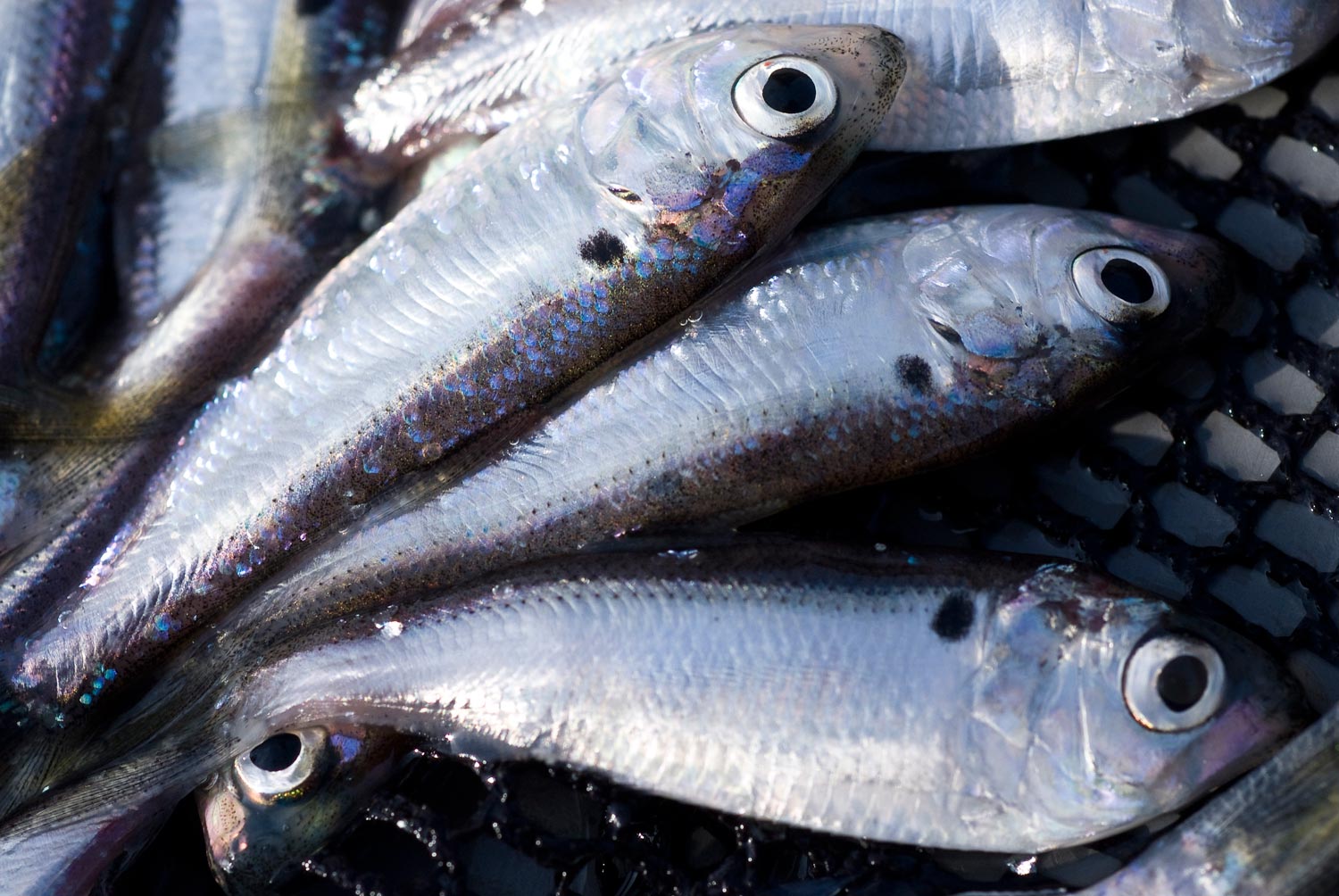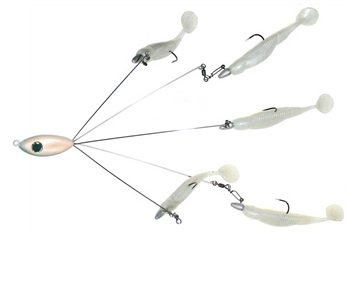By Kent Klewein
Warning: The fly fishing advice you’re about to read may go against your present beliefs. There’s a good chance you’ll feel inclined to tell me I’m nuts for recommending it. That’s totally cool, I just ask that you read what I’ve written, before you make the decision to set me straight.
It has long been drilled into our heads, that the worst thing a fly fisherman can do when a fish is tracking his/her streamer, is stop the retrieve.
I agree with this advice 95% of the time because most prey when threatened by a predator, will swim as hard and fast as possible to escape being eaten. That being said, I’ve been on the water many times when the constant-strip retrieve, or even the speed-up retrieve with my streamer, has failed to get me the hook up from a following fish. It was only when I thought outside the box, and found the courage to go against the popular view that streamers should always be kept moving when a fish is tracking, that I found myself with a bent rod.
With most things in fly fishing, there’s always exceptions to the rule. No matter how rare the exception may come up, a fly fisherman should always be willing to experiment when traditional tactics aren’t producing. If I told you that you were going to be streamer fishing a river where there were lots of injured and dying baitfish, would you still believe that a constant retrieve with a streamer would be your best tactic? What about if you were fly fishing trout water that had huge populations of sculpins or I said you were going to be fly fishing on a lake for largemouth bass, with water temperatures in the high forties? These are just a few fly fishing situations when I’ve found that a stop-and-go retrieve with a streamer can produce better than a constant retrieve, when fish are tracking but not eating. Below are three situations when killing your streamer retrieve, could prove to be your golden ticket.
About five years ago, fly fishing along the banks of the White River in Arkansas, I watched Louis lure in one big brown after another with his streamer, only to watch each turn off at the last second or short strike his fly. Over and over, Louis kept his sculpin imitation moving, just like he was taught to do his entire fly fishing career when a fish was tracking his streamer. After several failed attempts, I recommended he try stopping his sculpin and letting it lay motionless on the stream bottom, the next time he got a brown to follow that wasn’t committing. As soon as I got the words out of my mouth, Louis responded with, “Are you crazy, Kent? I was taught that’s the absolute last thing you should do when you’re streamer fishing and have a fish following.” Despite it feeling completely wrong, Louis tried my suggestion on his next cast. One of the familiar browns that had followed his sculpin and turned off a number of times prior, showed up like clock work, but this time instead of Louis continuing his retrieve, he killed it, and the brown eagerly sucked in the sculpin off the gravel streambed. “Holy shit, I can’t believe that worked”, Louis replied.
Believe it or not, sculpins don’t swim long distances when startled. They often tend to use a few quick bursts of their powerful tail to propel them several feet away from the immediate threat, and then they’ll quickly settle to the stream bottom and remain motionless, where they can use their molted bodies as camouflage to hide until the threat has past. Fly anglers should keep this in mind when they’re fishing sculpin patterns. Especially if they’re noticing fish are following their pattern but not committing. Most veteran sculpin junkies will tell you, fishing a sculpin deep, with a quick, strip-strip pause, is the correct approach when imitating the swimming motion of sculpins. If you’re fishing clear shallow water where you can see trout following, but they won’t commit, I’d try killing your retrieve, and you may just find the same success Louis did that day on the White River. It obviously won’t work all the time and I’m not recommending you try it right out of the gate, but if a constant strip isn’t working for a fish tracking your streamer, what do you have to lose?
That same trip on the White River, we were fly fishing during a massive shad kill. Thousands, upon thousands of shad, were being discharged out of Bull Shoals Dam. Not all, but the large majority of them were floating downstream stunned, wounded or dead. Our guide for the day had us fishing a variety of shad imitation streamers, but he didn’t have us stripping any of them very fast or much at all, for that matter. When we weren’t dead drifting them, we were instructed to make two or three erratic strips, followed by a long pause. Almost every trout we caught on streamers that day, came during the pause. When the fly fishing was over and we got back to the cabin, I thought about how our guide’s streamer retrieve instructions went against the norm of always keeping streamers moving. Then I thought about what the trout were witnessing on the river. and how they all seemed to be singling out and eating only the wounded shad. It made me realize that the trout weren’t feeding out of territorial behavior (which is often the case with large streamers) but instead out of positive triggers being provided by the “erratic dart and pause” of the injured shad. Fly anglers should always be aware of situations on the river when a massive influx of food can cause fish to save energy and feed primarily on cripple or wounded prey. The “pause of a fly” during the retrieve waves the flag of an easy meal, and can trigger the feeding instincts of the trout to come in for the kill.
Fly fishing on large reservoirs with baitfish streamer patterns during the late fall or early spring can yield similar results like the ones previously mentioned on the White River. When water temperatures are cold, bass aren’t as active. Most tournament bass fisherman will tell you in cold water situations, coaxing bass into biting lures or flies is all about having the discipline to slow down and pause your imitiation in the water for several seconds in between retrieves. You can learn a lot from studying the way conventional fisherman target bass with their lures on lakes. Take for instance, the plastic jerk bait (Fluke or Bass Assasin) which really shines when you give it a few erratic movements, stop it, and let it suspend or slowly sink. It perfectly imitates a injured or dying shad, and fly anglers should try to mimic this action and retrieve on the lakes when fishing conditions call for it.
Not too long ago, Louis and I were fishing with a tournament bass fisherman on Lake Guntersville, in Alabama. Our guide spent the majority of the day fishing one of those crazy Alabama Rigs. If you aren’t familiar with this rig, it’s basically a cast-able version of a shad umbrella rig, which has anywhere from 3 to 7 plastic swimbaits attached on a wire umbrella. It’s normally used to cover large areas of water quickly, with a fast pace retrieve, and it looks exactly like a school of baitfish swimming through the water. The Alabama Rig has become quite popular among the conventional bass fisherman crowd, the last few years, and when it’s hot, you can catch a large sac of bass crazy quick, sometimes catching multiple fish each cast. That day, our guide fishing the Alabama Rig didn’t do so hot. In fact, he got out fished by me with my fly rod, fishing a single buck-tail streamer. The bass weren’t active enough to want a constant retrieve. Instead, they were lazy and preferred a presentation that was retrieved for a few feet, and then paused for 3-5 seconds. I’ll probably never out fish our buddy again on Guntersville, but it did strengthen my view on how important it can be to kill your retrieve with streamers on lakes with cold water.
Those are three different situations when killing the retrieve has helped me catch fish with streamers when a constant retrieve wasn’t producing. Give it a try when you find yourself in situations when fish are following your streamer but not committing. Again, it’s a niche tactic, and should only be used when you’ve already tried the constant or speed-up approach. If you experienced another fishing situation where you’ve found the “stop approach” to be effective, please share it with the community. We’d love to hear about it.
Keep it Reel,
Come fish with us in the Bahamas!
Kent Klewein Gink & Gasoline www.ginkandgasoline.com hookups@ginkandgasoline.com Sign Up For Our Weekly Newsletter!



Rules are meant to be broken. I’m a firm believer that one should be adaptable. Rules apply to the majority of situations and are therefore helpful, but it never hurts to experiment.
Here’s another instance when it may make sense to stop that retrieve. I’m sure many have experienced a hit without a hookup, ie a ‘short strike’. When that happens not only do I stop stripping, I try to dropback the rod to give some slack which allows the streamer to sink. More often than not I get a follow up strike and they’re not always from small fish.
I presume the fish thinks it has injured or killed whatever it was chasing and expects it to sink so it can scarf down its meal. It’s a case of not only ‘matching the hatch’ but matching the hatch’s behavior….
Great article and it reinforces the importance of situational awareness when on the water. Loosely quoting Captain Barbossa in Pirates of the Caribbean, the fly fishing ”code is more what you’d call ‘guidelines’, rather than actual rules”